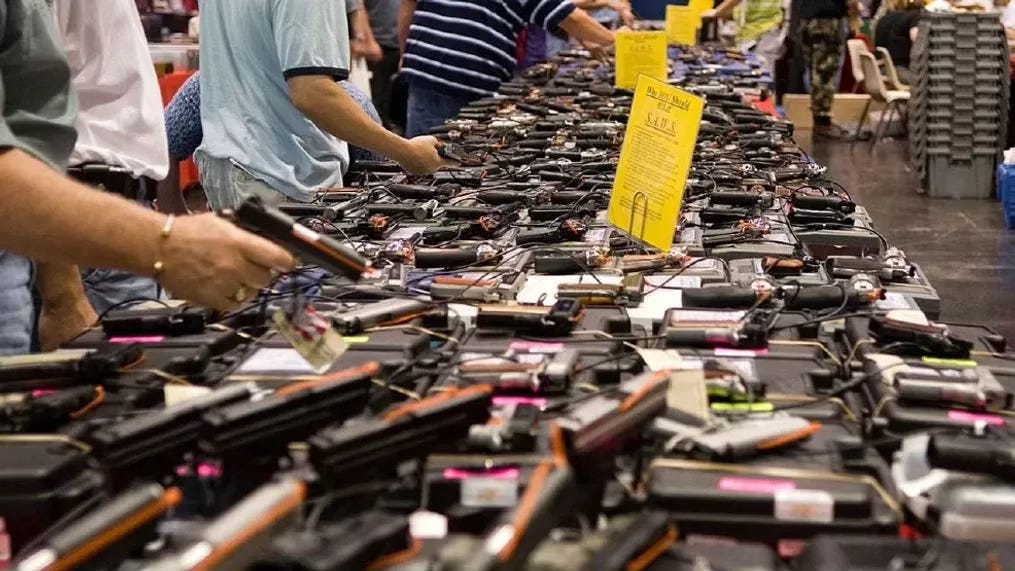Firearms Market Trends in 2025: Forces Shaping the Industry
Firearms Market Trends in 2025: Forces Shaping the Industry
Post-Pandemic Sales Pullback
Sales are reverting to pre-2020 levels. After a massive surge during the pandemic—peaking at ~21.8 million in 2020—gun sales have declined globally. In 2024, estimated U.S. firearm sales fell to 15.3 million, with Q1 2025 unit sales down 9.6% year-over-year and revenue down 11.5%. Background checks reflect this trend, with adjusted NICS checks down 4.2%.
Economic & Political Pressures
Macroeconomic headwinds like inflation, high interest rates, and tariffs have dampened consumer discretionary spending. The 'Trump slump' effect also applies—gun sales often decline under a Republican administration, as perceived regulatory threats ease.
E-Commerce & New Channels
Online gun sales are on the rise. Platforms like Guns.com reported 10%+ year-over-year growth in H1 2025, working with physical dealers. Brands are shifting to direct-to-consumer models, bypassing traditional distribution.
Industry Scale & Economic Impact
The U.S. firearms and ammunition sector generated $91.6 billion in economic activity in 2024, supporting around 150,000 direct jobs. U.S. firearms manufacturing alone was worth $11.4 billion, while the global market reached $40 billion in 2024, expected to grow to $42.2 billion in 2025.
Product & Consumer Segmentation
Handguns remain dominant with $3.6 billion in 2024 value. Rifles show strongest growth, especially for recreation and hunting. Firearm optics and accessories are surging—the sight market alone is $2.2 billion in 2025 and growing at 6.2% CAGR.
Regulatory & Policy Drivers
Recent regulations include ATF rules upheld on ghost guns, universal background checks in 22 states, and new ATF definitions for ‘engaged in business.’ Oregon’s Measure 114 and California’s purchase limits are affecting local markets. National Firearms Act tax reforms are scheduled for 2026.
Industry Challenges
Declining mid-market demand is pressuring legacy manufacturers. Smith & Wesson reported a 16% drop in sales. Smaller companies like Watchtower Firearms filed for bankruptcy amid declining demand.
Adjacent Market Growth: Less-Lethal Weapons
Less-lethal weapons like tasers and pepper-ball launchers have become a $1 billion market in 2023, expected to double by 2030. These alternatives appeal to consumers seeking safer self-defense options.
Future Outlook
Emerging markets in India, Latin America, and Africa are expected to drive 6–6.8% CAGR. Accessory sales, digital channels, and less-lethal products offer alternative revenue streams. Brands that adapt to new sales models, diversify products, and comply with evolving regulation will thrive.
Conclusion
The firearms industry is undergoing a reset after pandemic-era surges. Though challenges exist, the market remains resilient. Global demand, accessory innovation, and evolving consumer trends continue to shape a dynamic landscape for 2025 and beyond.
By Rafael Benavente

